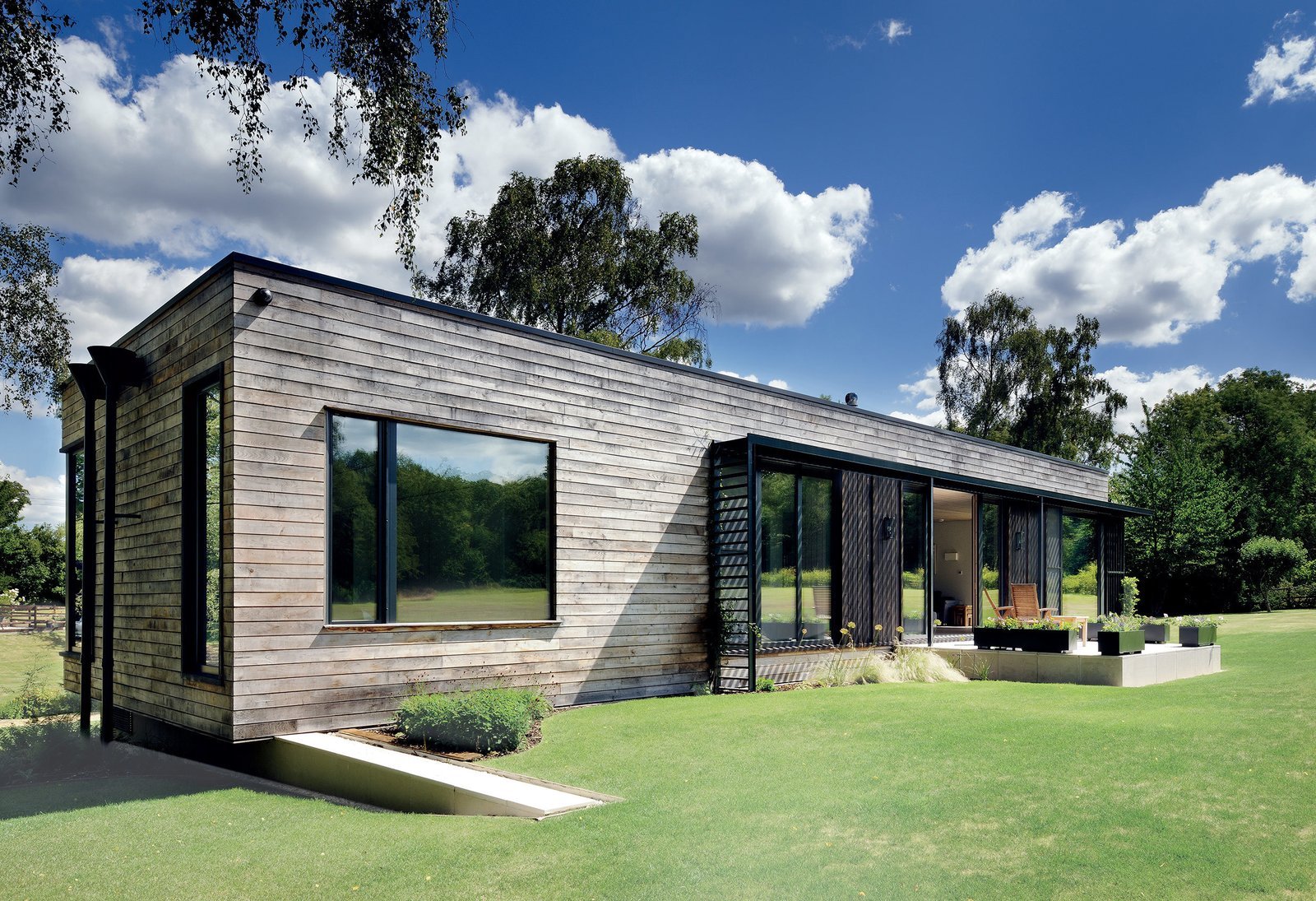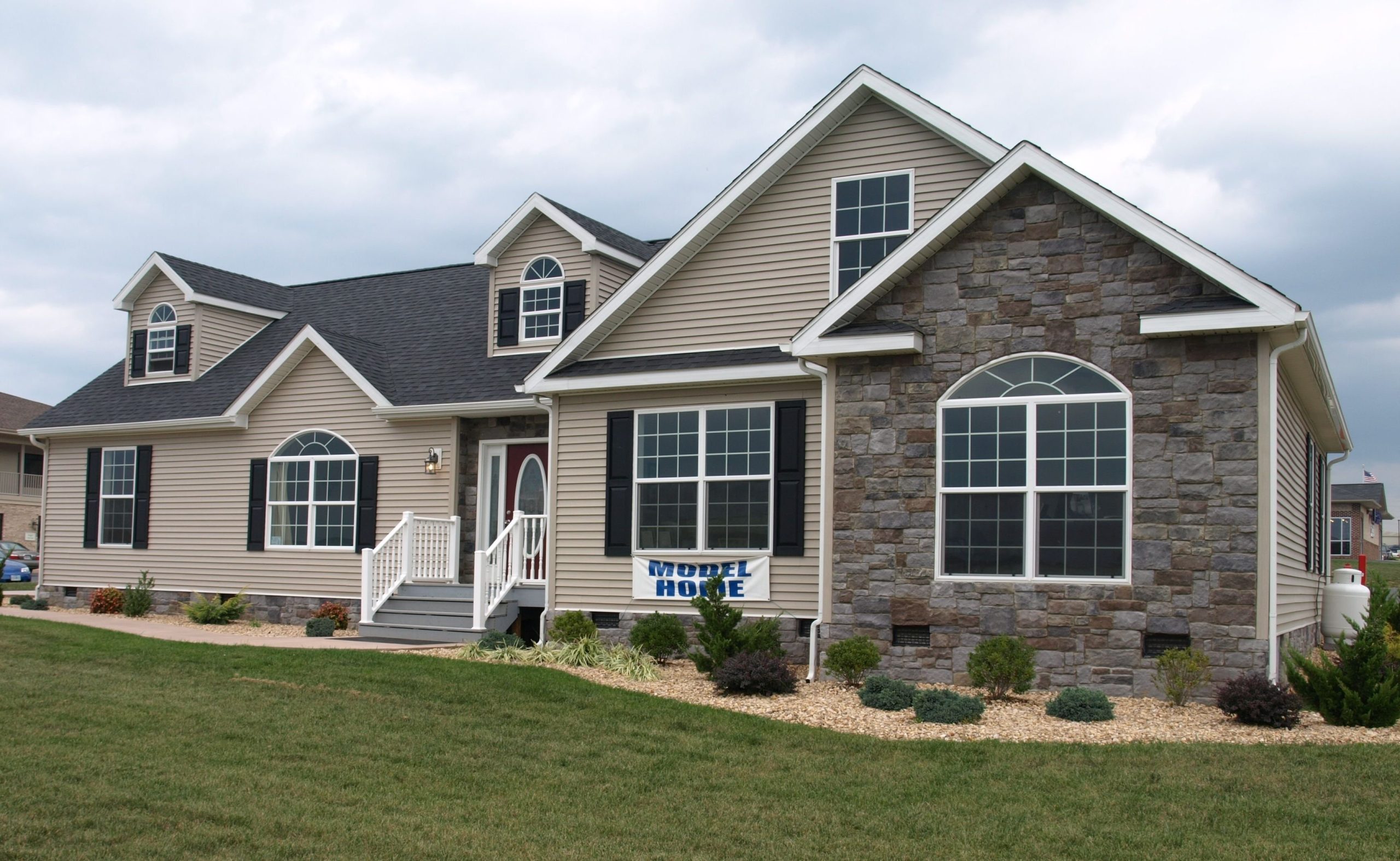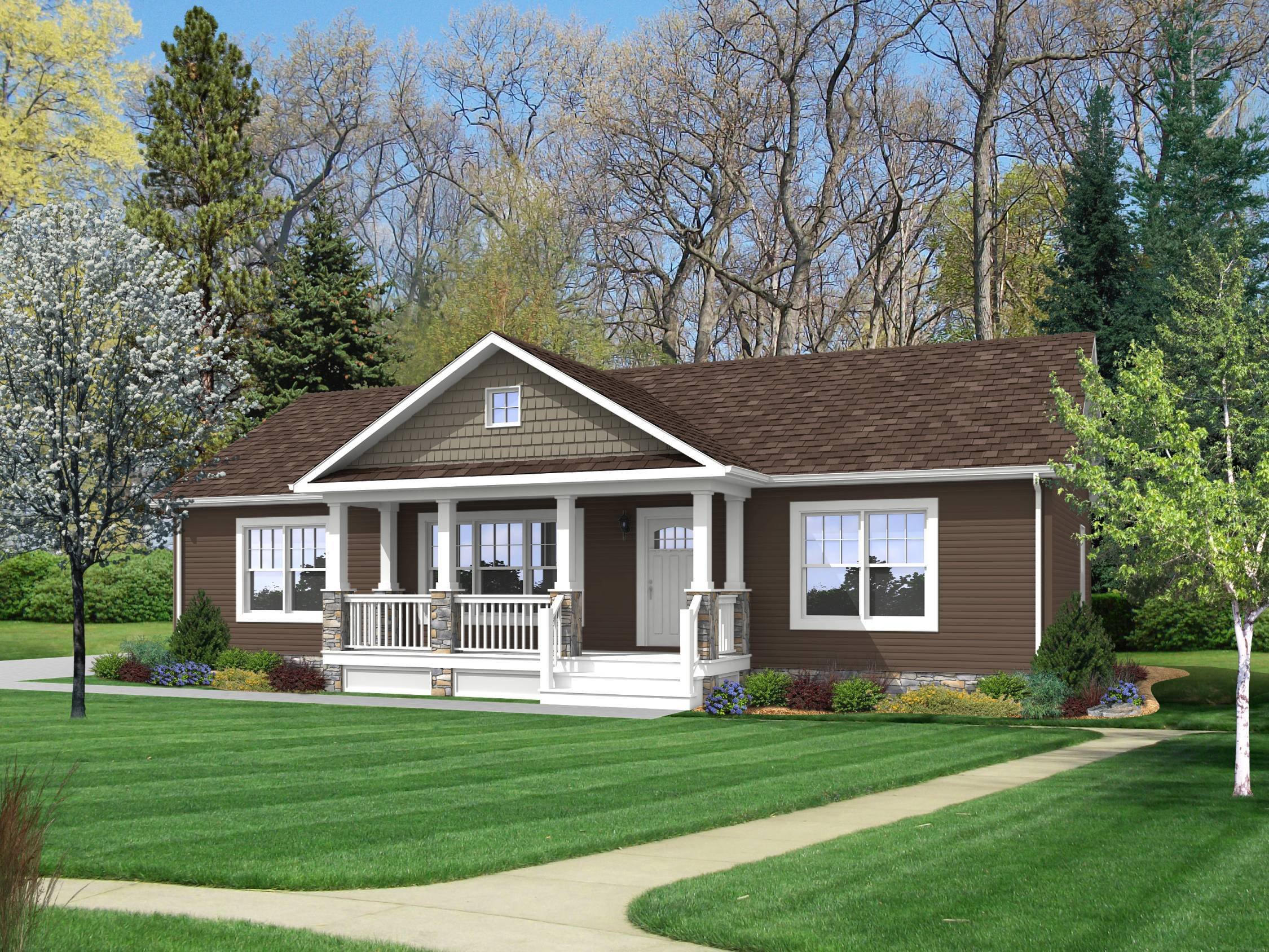[Are Modular Homes Built On Site? Exploring the Process and Evolution of Off-Site Construction] In this article, we explore the process of modular home construction, tracing its evolution from traditional on-site building methods to today’s innovative off-site construction techniques. We’ll dive into the advantages and challenges of modular homebuilding, examining how it impacts the future of sustainable housing solutions. Stay tuned to gain valuable insights into the ever-evolving landscape of home construction.
Key Takeaways:
- Modular homes are built in sections indoors, unlike site-built homes made entirely on-site.
- They are constructed in modules and assembled on a foundation at the building site.
- Modular homes are not the same as manufactured homes, which are built entirely in a factory and transported in one piece.
- Modular homes offer advantages such as faster construction times and cost-effectiveness.
- They undergo stricter quality control during indoor construction.
Are Modular Homes Built On Site?

Modular homes are indeed built on site, but with a twist. Unlike traditional site-built homes, modular homes are constructed off-site in factories and then transported to the building site for final assembly.
Process of Building Modular Homes On-Site
- Factory Construction: The home is constructed in sections, called modules, in a climate-controlled factory.
- Transportation: The completed modules are transported to the building site on flatbed trucks.
- Site Preparation: The foundation and utilities are prepared at the building site.
- Module Assembly: A crane assembles the modules on the foundation, connecting them with secure bolts or pins.
- Finishing Touches: The remaining work, such as interior finishes, roofing, and landscaping, is completed on-site.
Advantages of On-Site Modular Home Construction
- Faster Construction: Modular homes can be assembled in a matter of days or weeks, significantly reducing construction time.
- Cost Savings: Factory construction allows for efficient use of materials and labor, leading to potential cost savings.
- Quality Control: Factory production provides a controlled environment, resulting in higher quality construction standards.
- Durability: Modular homes are built to the same building codes as site-built homes and can withstand various weather conditions.
Disadvantages of On-Site Modular Home Construction
- Limited Customization: Modular homes offer less customization options compared to site-built homes.
- Transportation Costs: The cost of transporting the modules to the building site can vary depending on distance and accessibility.
- Site Restrictions: The building site must be suitable for the assembly and delivery of the modules.
Conclusion
Modular homes are built on site, but through an innovative off-site construction process. They offer numerous advantages, such as faster construction time, cost savings, and quality control. However, it’s important to consider the potential limitations and ensure the building site is suitable for this type of construction.
Are you curious about whether modular homes stack up to stick-built homes? Get the lowdown on the comparison between these two types of homes by reading are modular homes as good as stick built. If you want to dive deeper into the advantages and disadvantages of modular homes, check out are modular homes better than stick built. Finally, if you’re wondering about the legal distinction between modular and site-built homes, we’ve got you covered in our article are modular homes considered site built.
Disadvantages of Modular Homes

While modular homes offer numerous benefits, it’s essential to acknowledge their disadvantages as well.
Limited Customization Options
Unlike traditional homes built from scratch, modular homes have more limited customization options. The modules are prefabricated in factories, restricting the ability to tailor the layout, floor plan, and design elements to individual preferences.
Transportation Challenges
Modular homes are transported on trucks to the construction site, which poses potential risks of damage. Sheetrock can crack, and other building components may be compromised during the journey. Transportation delays can also occur due to weather conditions or logistical issues.
Resale Value
Modular homes may have a lower resale value compared to traditional homes. This is because they are perceived as less permanent and customizable than site-built homes. Potential buyers may have concerns about the long-term durability and structural integrity of modular homes.
Financing Obstacles
Obtaining financing for modular homes can be more challenging compared to traditional homes. Lenders may view modular construction as a higher risk due to the potential for transportation damage or assembly errors. Interest rates on modular home loans may also be higher.
Structural Concerns
Quality control issues can arise during the factory construction of modular homes. Hidden defects or structural problems may not be detected until the modules are assembled on-site. This can lead to costly repairs or even safety hazards.
Key Takeaways:
- Modular homes offer limited customization options, making it difficult to tailor them to specific preferences.
- Transportation challenges can lead to damage, delays, and increased transportation costs.
- Resale value of modular homes may be lower than traditional homes due to perceived durability and customization limitations.
- Obtaining financing for modular homes can be more difficult and may involve higher interest rates.
- Quality control issues during factory construction can result in hidden defects or structural problems that may not be detected until assembly.
Sources:
5 Disadvantages of Modular Homes to Consider Before You Buy
Pros and Cons of Modular Homes: A Comprehensive Analysis
Risks Associated with Modular Homes
Modular housing offers numerous benefits, but it’s essential to be aware of potential risks:
- Transportation Hazards: Modules travel long distances, possibly causing damage to sheetrock or other building components.
- Quality Control Challenges: Errors in manufacturing or assembly may remain undetected until modules arrive on-site.
- Customization Constraints: Modular homes may have limited customization options compared to traditional site-built homes.
- Financing Limitations: Financing options for modular homes can be more restricted, with potentially higher interest rates.
- Potential Diminished Resale Value: Resale value for modular homes may be lower than for traditional homes due to perceived quality issues.
Key Takeaways:
- Modular homes face transportation risks that can lead to damage.
- Quality control issues can arise during module production or assembly.
- Design customization may be limited in modular homes.
- Financing options and interest rates can be less favorable for modular homes.
- The resale value of modular homes may be lower due to market perceptions.
Sources:
- 5 Disadvantages of Modular Homes to Consider Before You Buy
- Pros and Cons of Modular Homes: A Comprehensive Analysis
Suitability of Modular Homes
Assembling Modular Homes On-Site
Modular homes, known for their factory-built construction and rapid assembly on-site, offer a unique housing solution. The Suitability of Modular Homes hinges on several key factors.
Key Takeaways:
- Speed of Construction: Factory production significantly reduces construction time compared to traditional methods.
- Weather Resilience: Controlled factory environments mitigate weather delays and disruptions.
- Cost Efficiency: Mass production and standardization can lead to potential cost savings.
- Quality Assurance: Factory-controlled conditions enhance quality control and consistency.
- Sustainability: Off-site construction minimizes waste and promotes environmental friendliness.
Advantages of Modular Homes
- Quicker assembly due to prefabrication.
- Reduced impact on the environment.
- Better quality control and inspection processes.
Disadvantages of Modular Homes
- Limited customization options.
- Challenges in transportation and site preparation.
- Potential for damage during transportation.
Suitability Considerations
The Suitability of Modular Homes depends on factors such as:
- Lot size and accessibility
- Site conditions and infrastructure
- Local building codes and regulations
- Personal preferences and customization needs
- Budget and financing options
By carefully evaluating these factors, individuals can determine if modular homes are a suitable option for their specific needs and circumstances.
Citation:
- NAHB: https://www.nahb.org/en/education-and-training/education-and-events/modular-home-construction-certification-program/about-modular-home-construction
- Modular Building Institute:
FAQ
Q1: How are modular homes different from site-built homes?
A1: Modular homes are constructed in large, three-dimensional modules indoors in a factory, while site-built homes are constructed entirely on the building site using traditional methods.
Q2: Are modular homes built entirely on-site?
A2: No, modular homes are not built entirely on-site. They are constructed in sections indoors and then assembled on a permanent foundation at the building site.
Q3: What happens if there are errors during indoor construction of modular homes?
A3: Modular homes undergo rigorous quality control during indoor construction, so errors are typically identified and corrected before the modules are shipped to the building site. However, it’s possible for internal or structural errors to go unnoticed until assembly, which can lead to delays or additional costs.
Q4: Why might modular homes have limited customization options?
A4: Modular homes have limited customization options compared to traditionally built homes because the modules are standardized and designed to fit together precisely. This allows for efficient production but limits the ability to make significant changes to the design or layout.
Q5: Is the quality of modular homes comparable to site-built homes?
A5: Yes, modular homes adhere to the same building codes and standards as site-built homes and can achieve comparable quality levels. They are constructed in controlled indoor environments, which can minimize the risk of weather-related damage and ensure consistent quality.
- Best Finish for Butcher Block Countertops: Choosing the Right Option - December 30, 2025
- Seal for butcher block: Find the best food-safe finish - December 29, 2025
- Finishes For Butcher Block Counters: Choosing The Right Food-Safe Option - December 28, 2025










